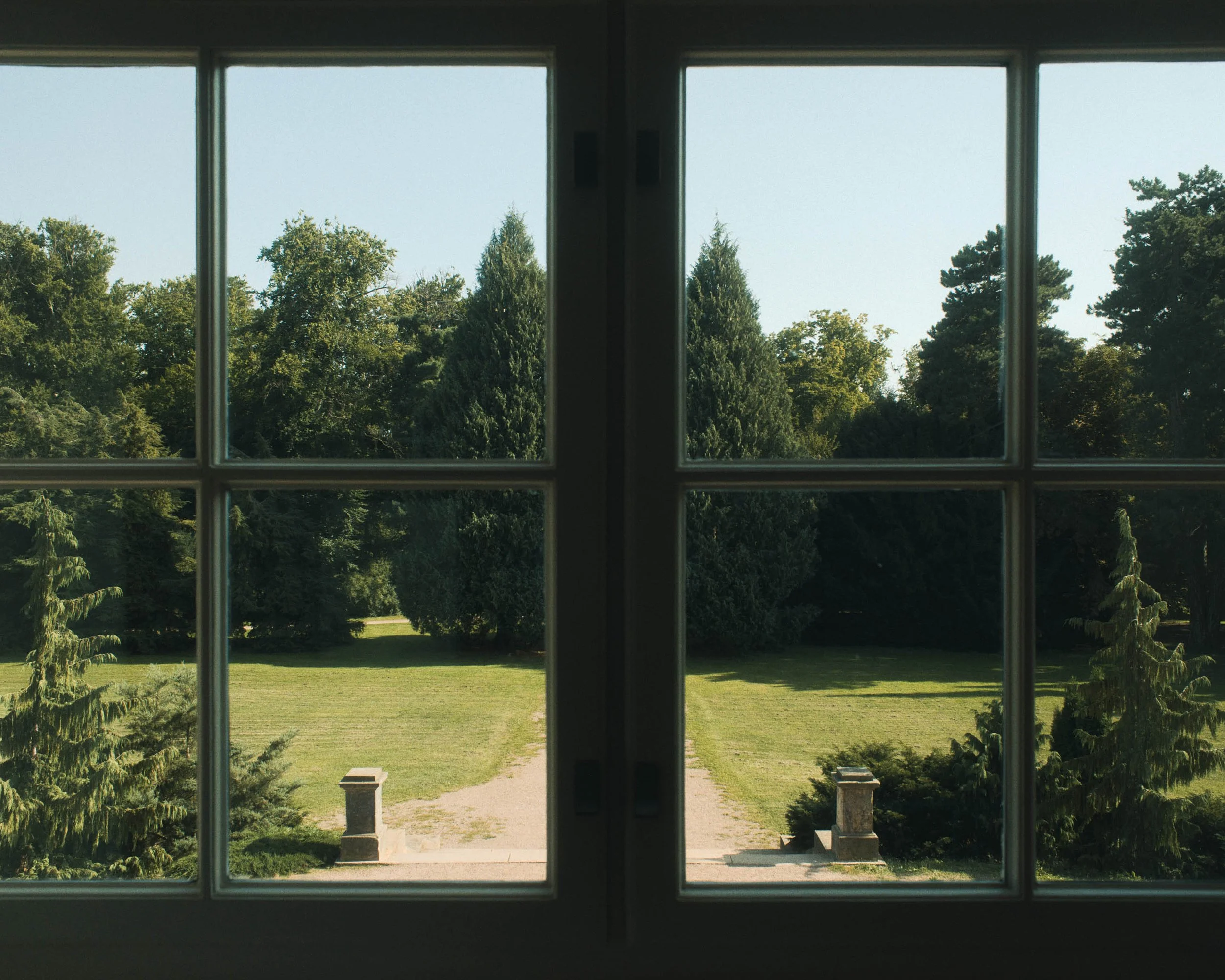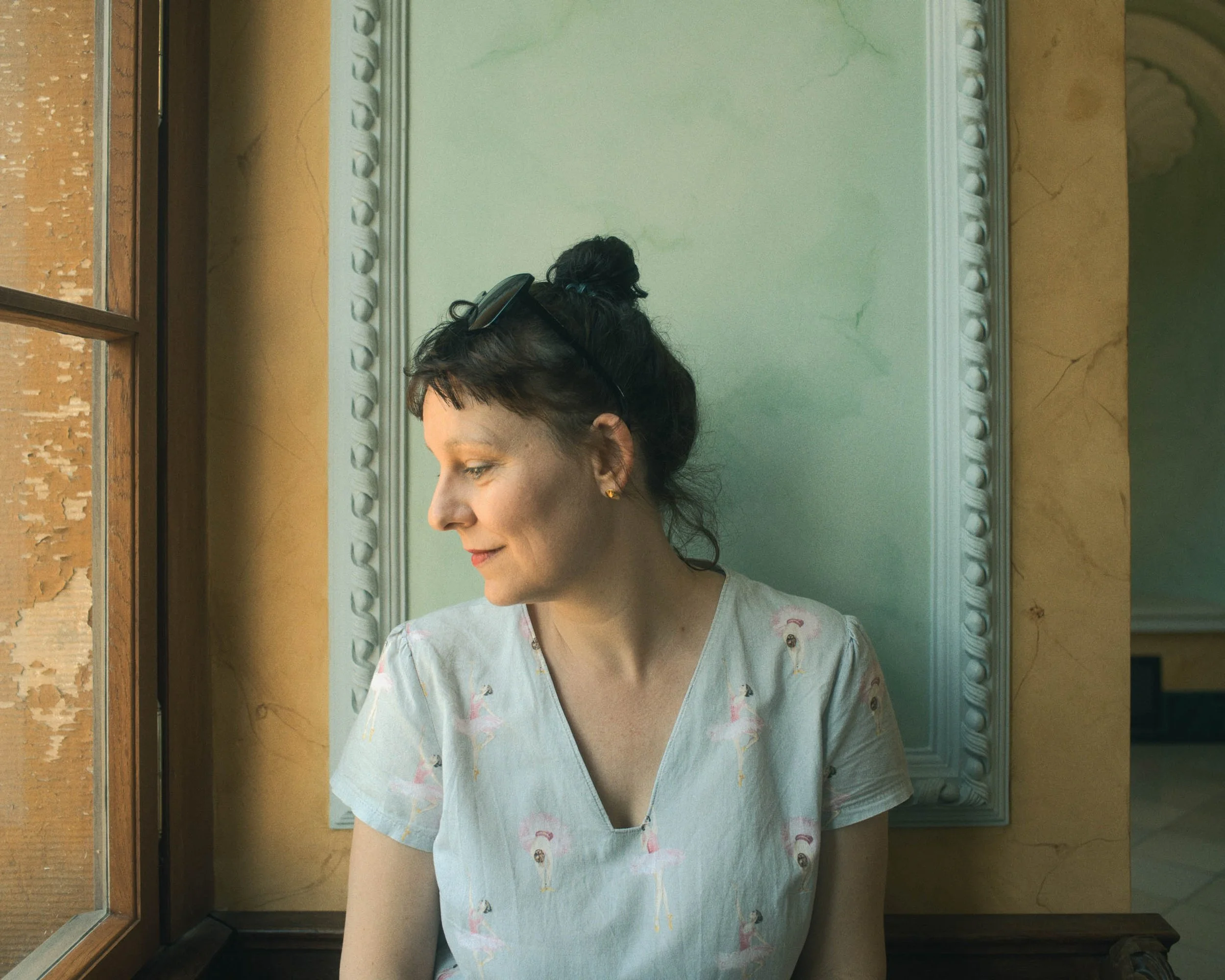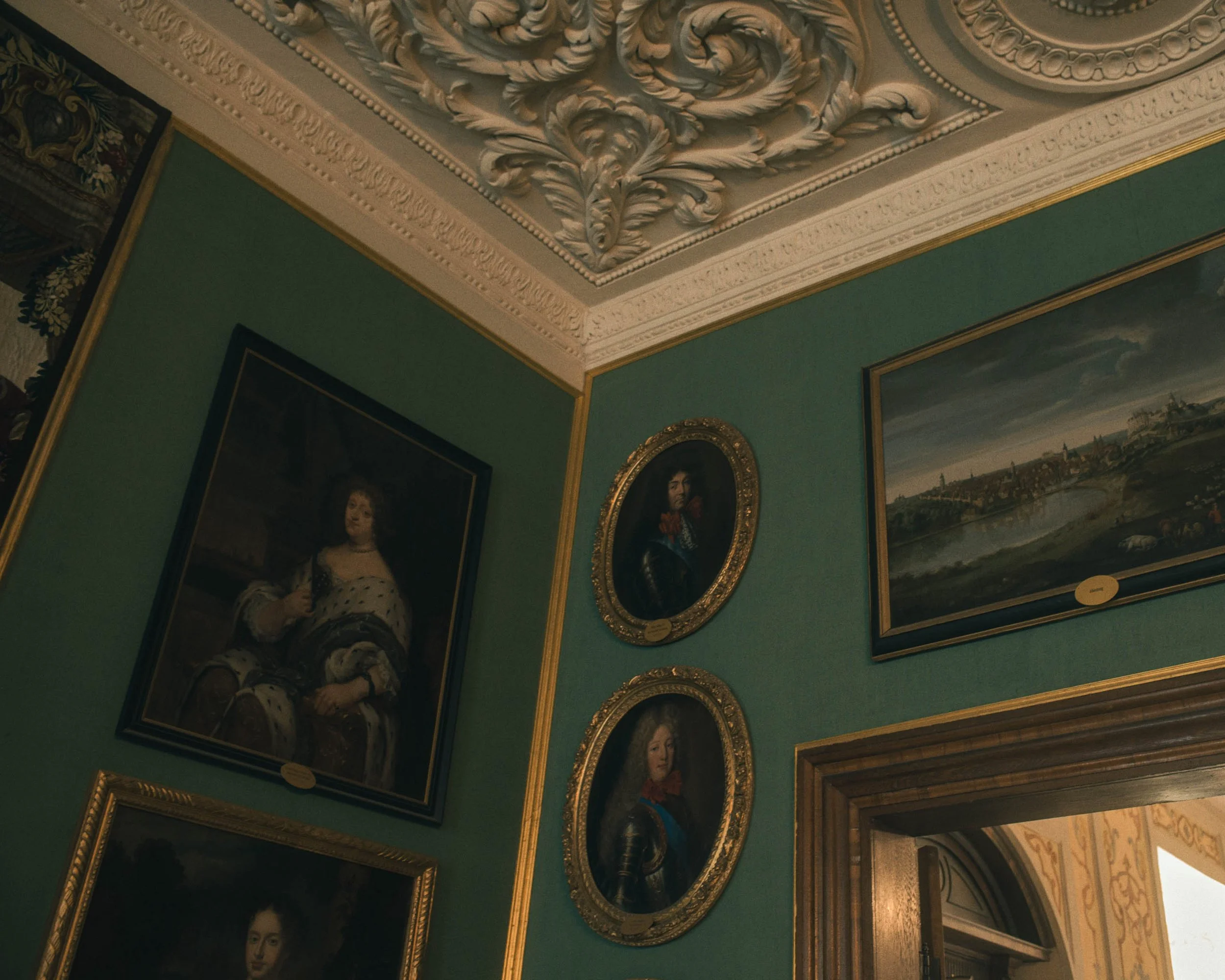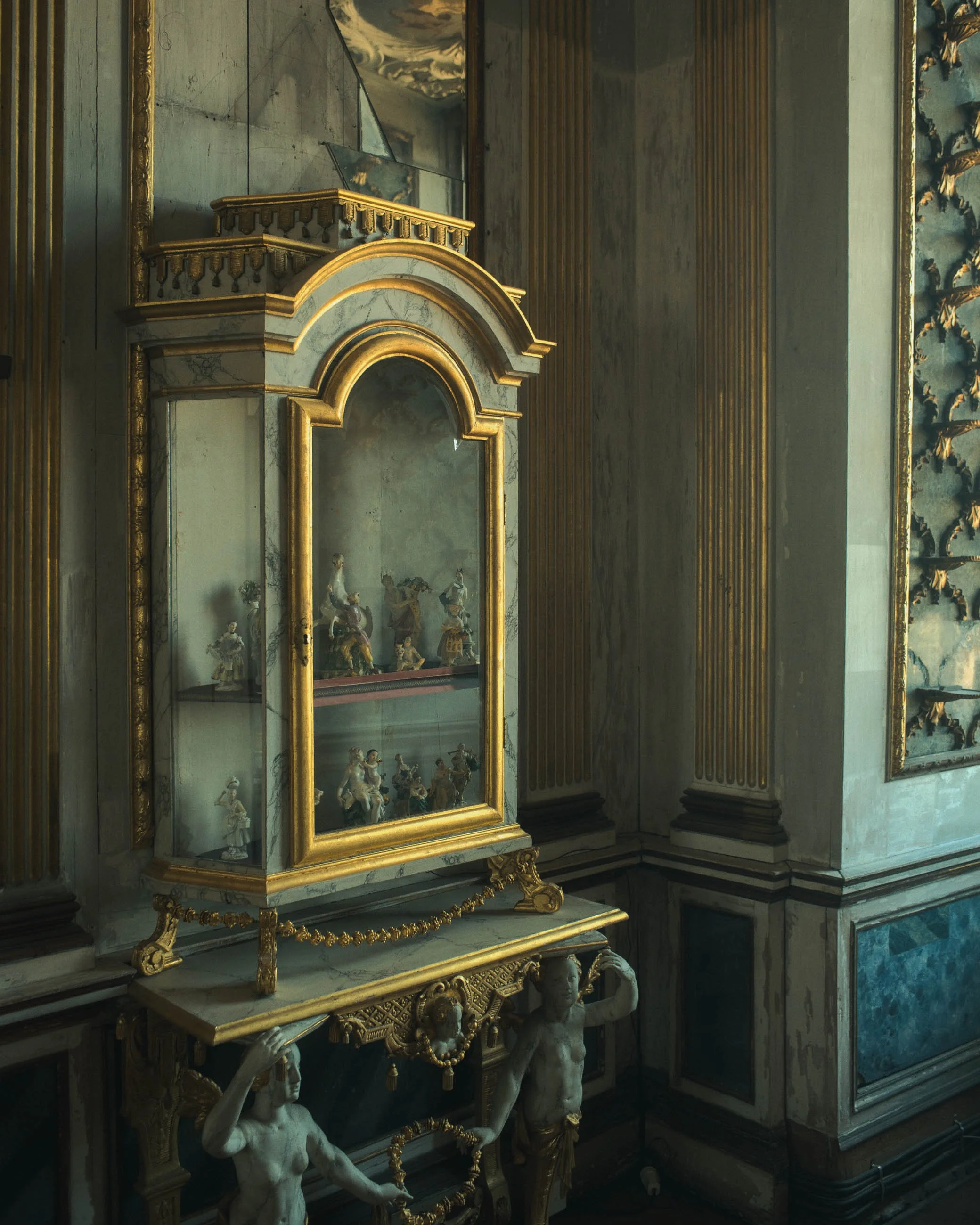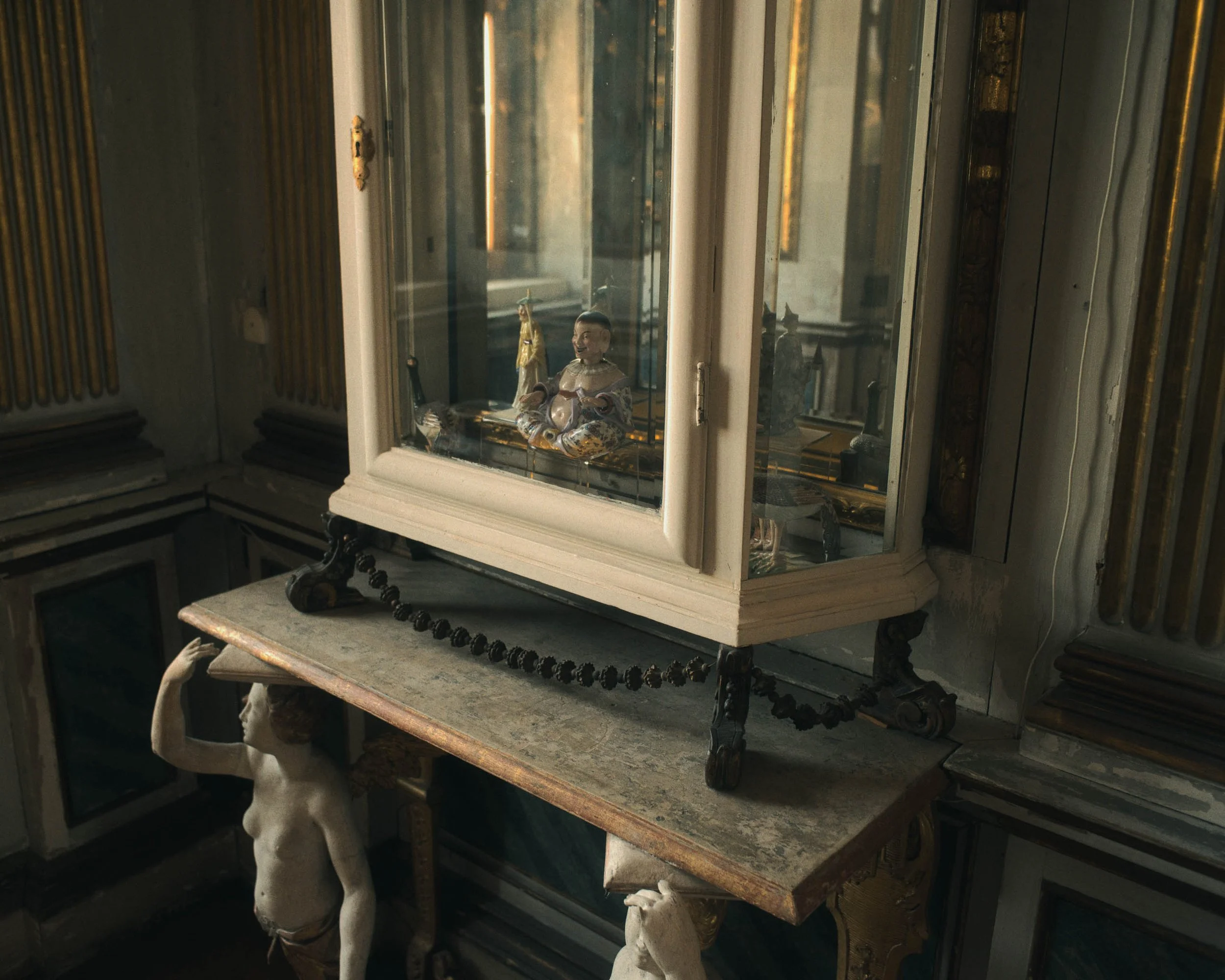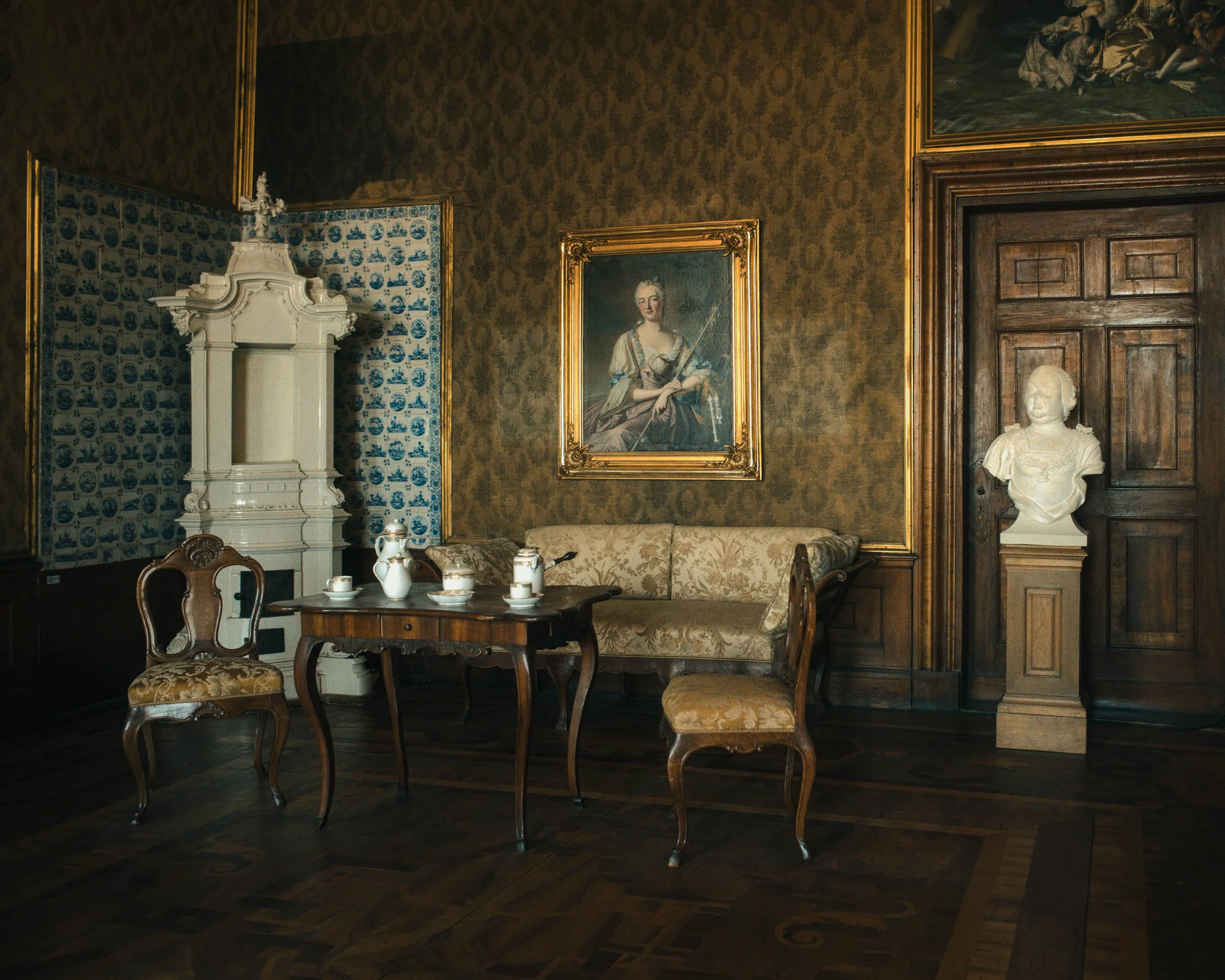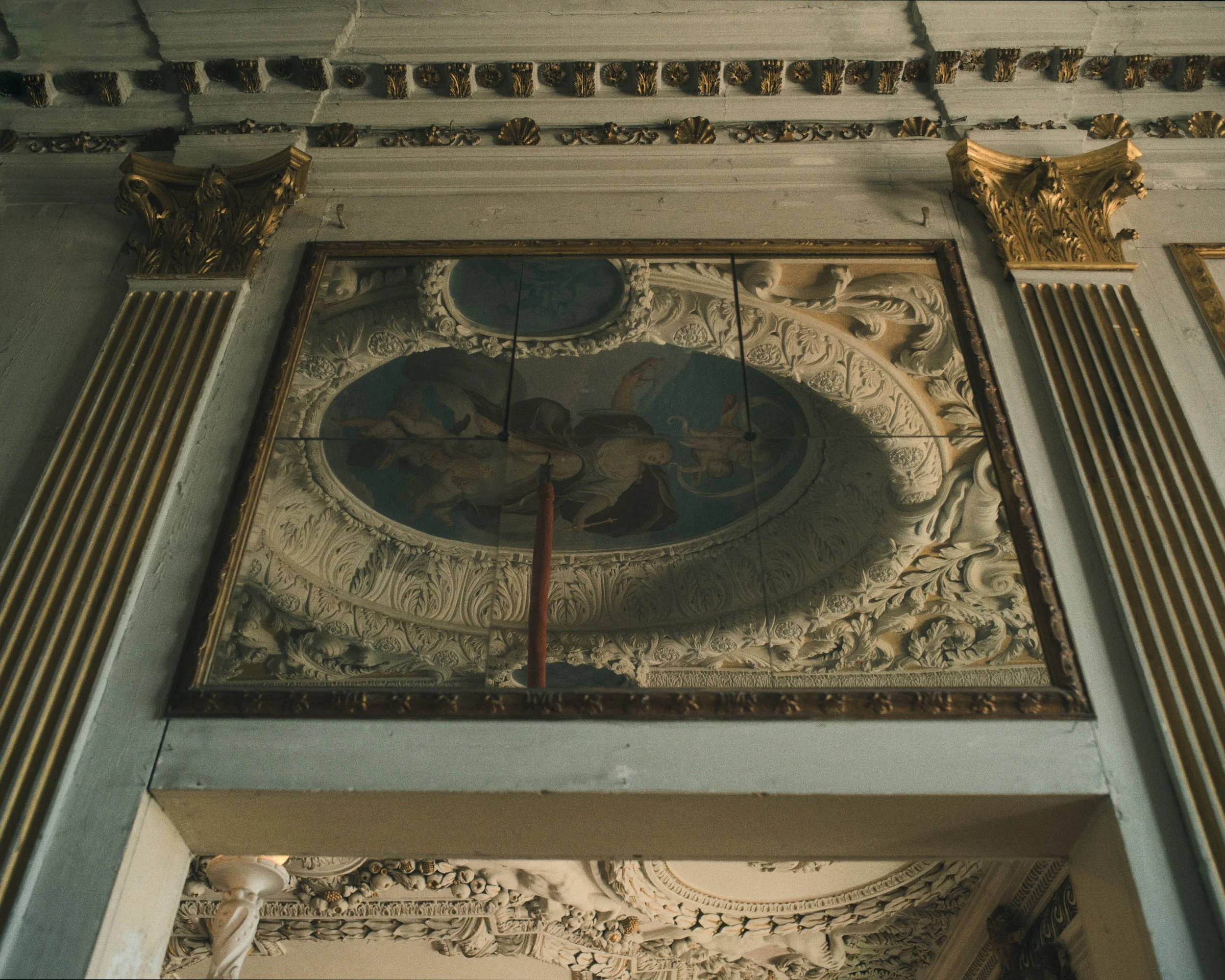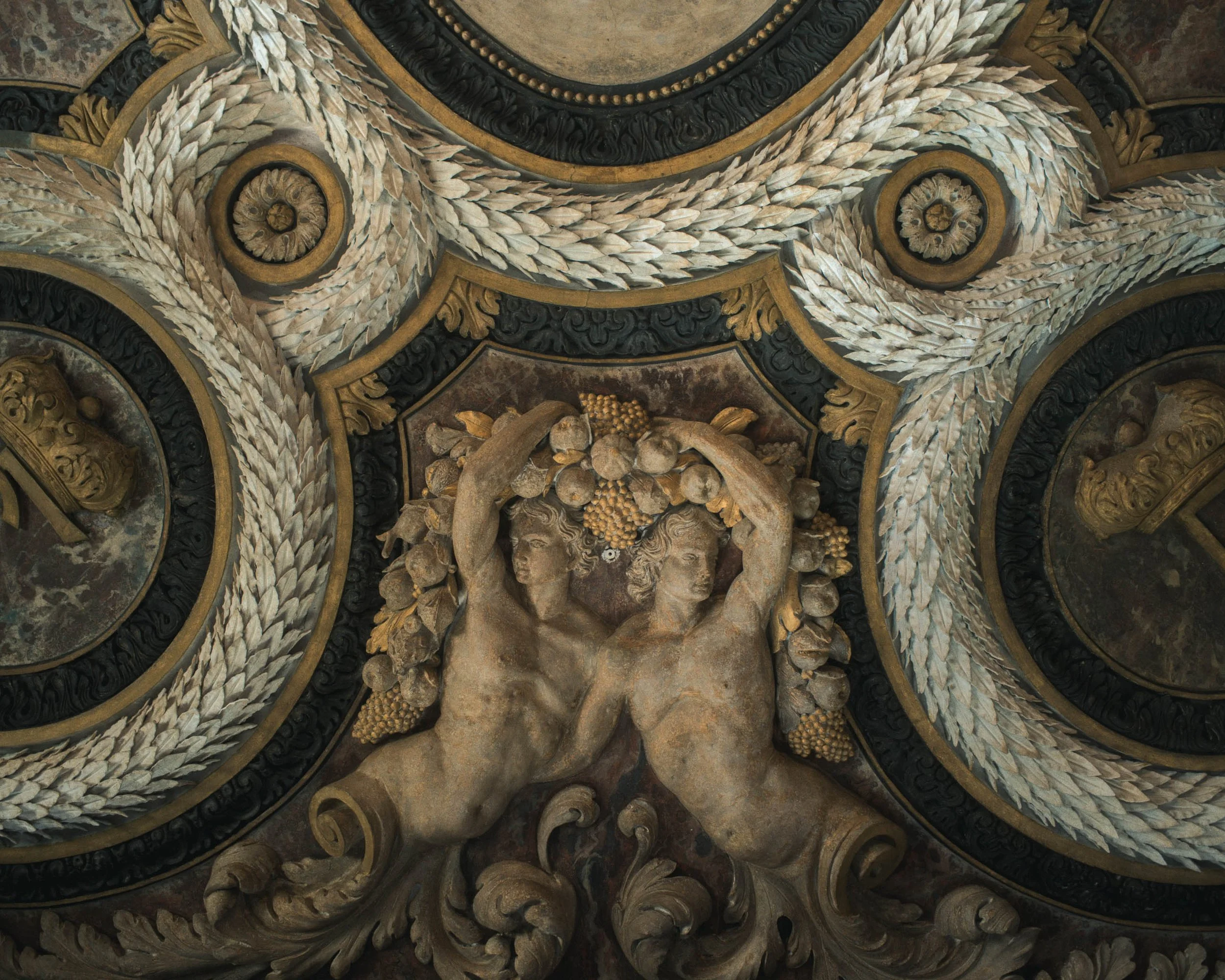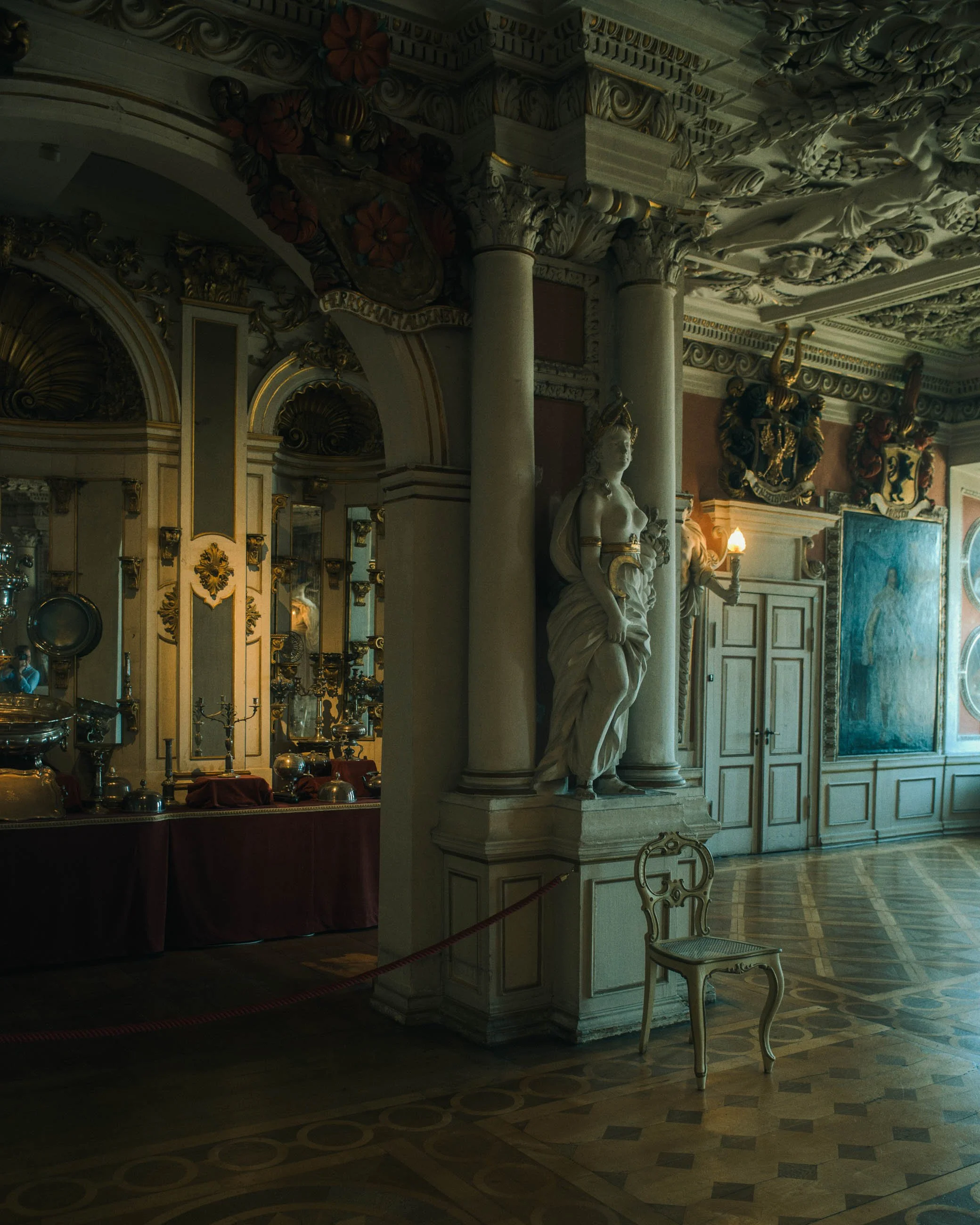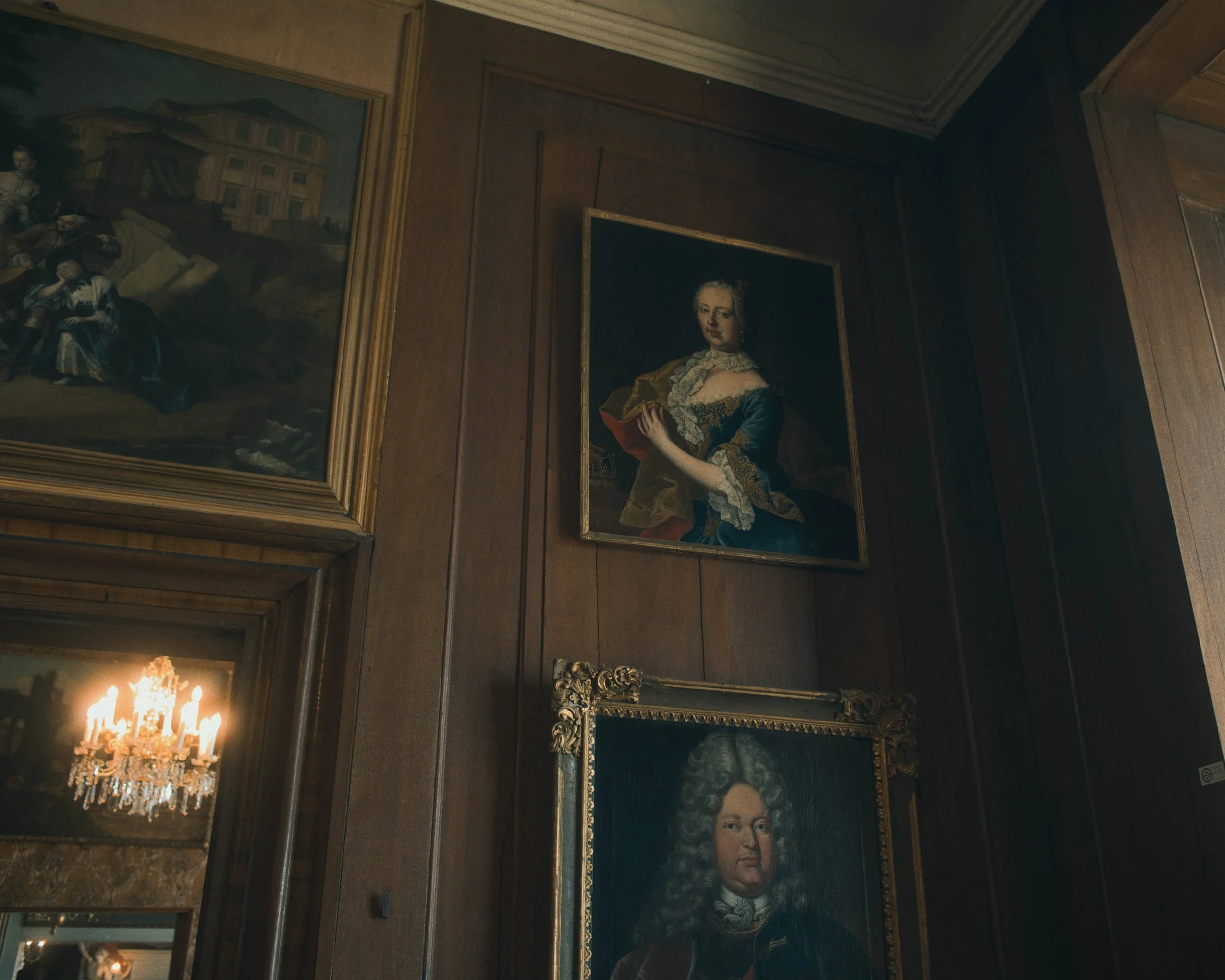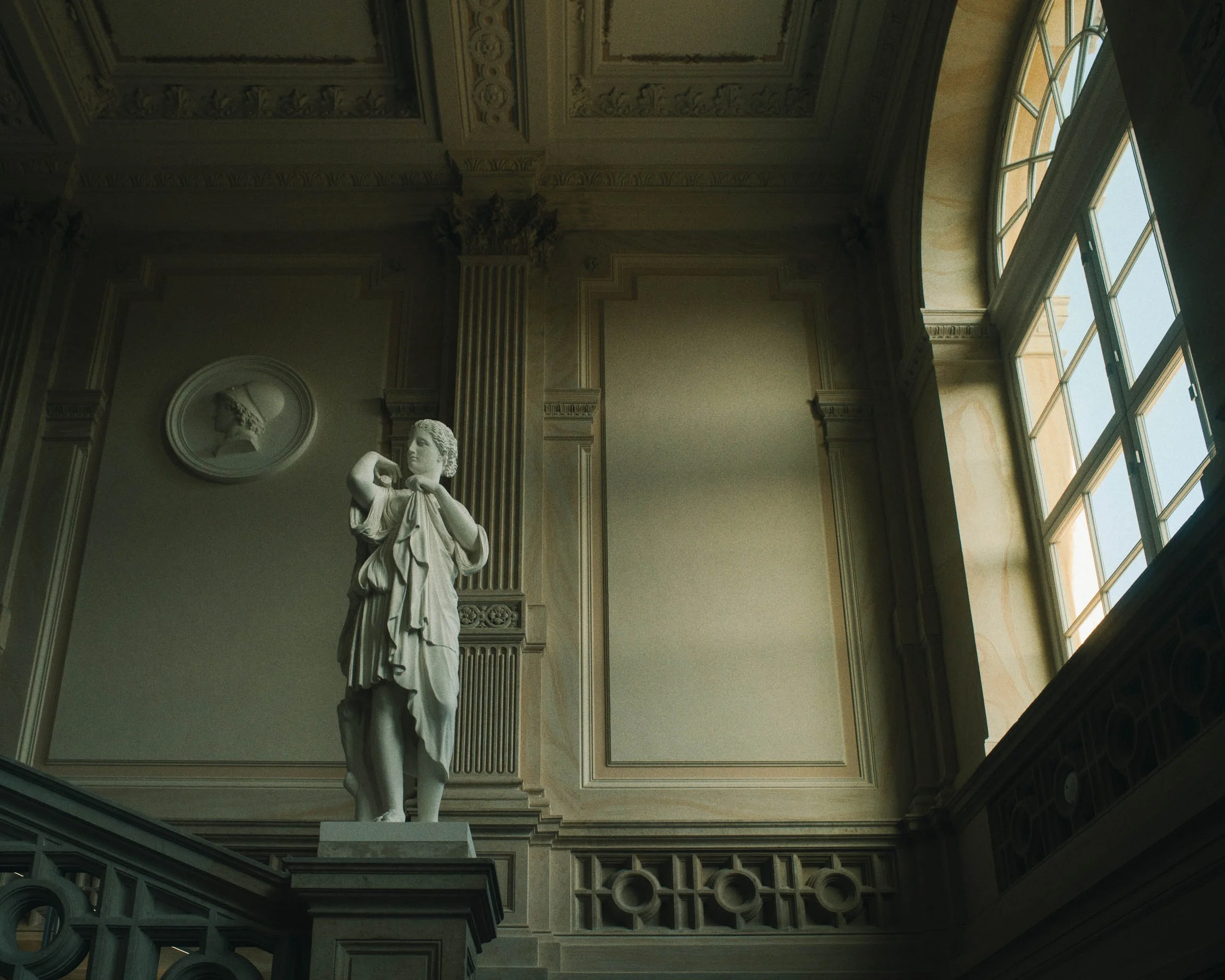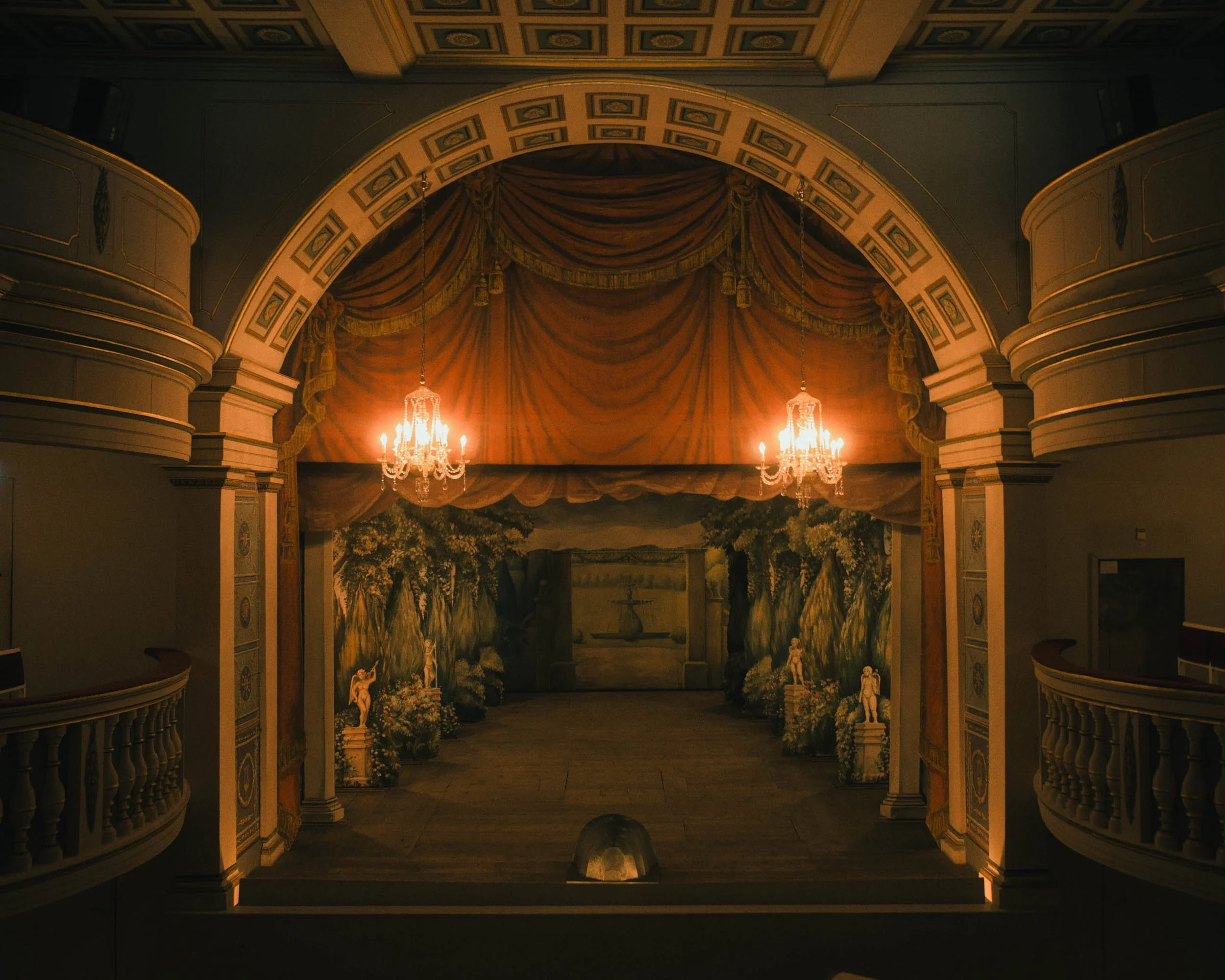Baroque Echoes in Gotha
A short step back in time—wandering through Gotha’s baroque interiors and museum halls, between Weimar and the quiet slopes of Thuringia.
We left Weimar behind that day, a few kilometers and old stories later, until the silhouette of Gotha rose before us. On a gentle slope, Friedenstein Castle stood—one of Germany’s early Baroque masterworks, begun in 1643 by Duke Ernst I and completed by the mid‑1650s.
Inside, rooms saturated with heavy panels, gilded moldings, mirrored walls, and layered histories. The Ekhof Theatre within its walls is particularly striking—constructed between 1681 and 1683, it retains original stage machinery from the 17th century, still operable in parts.
The palace felt cinematic—shadows and ornament layered across heavy rooms and worn surfaces. The walls held a certain weight. Silence echoed through the corridors. These images move backward in time—from Weimar’s Classicism to the baroque richness of Gotha. A quiet connection across places, stories, and light.
Some of the images were also taken in and around the Herzogliches Museum, which sits just beside the palace and is part of the Friedenstein complex. The building itself, with its neoclassical symmetry and soft, filtered light, felt like an extension of the same atmosphere—quiet, ornate, a little out of time. Together, the palace and museum form a layered impression of Gotha’s past.





